The Evolution Of Strength: A Look Into The Future Of The Toyota 4Runner Frame
The Evolution of Strength: A Look into the Future of the Toyota 4Runner Frame
Related Articles: The Evolution of Strength: A Look into the Future of the Toyota 4Runner Frame
Introduction
In this auspicious occasion, we are delighted to delve into the intriguing topic related to The Evolution of Strength: A Look into the Future of the Toyota 4Runner Frame. Let’s weave interesting information and offer fresh perspectives to the readers.
Table of Content
The Evolution of Strength: A Look into the Future of the Toyota 4Runner Frame

The Toyota 4Runner, a perennial favorite among off-road enthusiasts and families alike, has consistently demonstrated its ruggedness and capability. As we approach 2025, the automotive industry is undergoing a rapid transformation, driven by technological advancements and evolving consumer preferences. This evolution is set to impact the very foundation of the 4Runner – its frame. While specific details about the 2025 model remain under wraps, we can glean insights from current trends and the vehicle’s historical lineage to understand what the future holds for the 4Runner’s structural integrity.
A Legacy of Strength: Understanding the 4Runner’s Frame
The 4Runner’s reputation for durability is inextricably linked to its ladder frame construction. This design, employed since the vehicle’s inception, comprises a series of longitudinal rails connected by crossmembers, forming a rigid and robust backbone. This architecture provides several advantages:
- Exceptional Strength and Rigidity: The ladder frame’s inherent strength allows the 4Runner to handle demanding off-road conditions, absorb impacts, and maintain its structural integrity even in challenging terrains.
- Enhanced Ground Clearance: The ladder frame’s elevated position provides ample ground clearance, crucial for navigating obstacles and rough terrain.
- Durable and Reliable: The simplicity of the ladder frame design translates to fewer components, reducing the risk of mechanical failures and enhancing long-term reliability.
However, the ladder frame also presents some inherent limitations:
- Weight Penalty: The ladder frame’s construction contributes to the 4Runner’s overall weight, impacting fuel efficiency and performance.
- Limited Handling: The rigid nature of the ladder frame can compromise handling dynamics, especially on paved roads.
- Ride Comfort: The ladder frame’s inherent stiffness can translate into a less comfortable ride, particularly on rough surfaces.
The Path Forward: Embracing Innovation and Efficiency
The automotive industry’s pursuit of lighter and more efficient vehicles is likely to influence the 4Runner’s frame design in the future. While the ladder frame has served the vehicle well, its limitations in terms of weight and handling are increasingly relevant in a world focused on fuel economy and performance.
Several potential scenarios could shape the 4Runner’s frame in 2025:
- Evolutionary Refinement: Toyota could opt for a refined ladder frame design, incorporating lightweight materials like high-strength steel or aluminum to reduce weight without compromising strength. This approach would allow the 4Runner to retain its off-road prowess while improving fuel efficiency.
- Hybrid Approach: A hybrid approach could combine the best of both worlds, integrating a ladder frame with a unibody construction for specific sections. This approach would leverage the strength of the ladder frame for off-roading while incorporating the lighter and more rigid unibody design for improved handling and ride comfort.
- Unibody Construction: While a radical shift, Toyota could completely embrace unibody construction for the 4Runner. This would allow for significant weight reduction and improved handling, but it would require careful engineering to ensure the vehicle retains its off-road capability.
Factors Influencing the Future Frame
The 2025 4Runner’s frame design will be shaped by various factors:
- Consumer Demand: The evolving preferences of 4Runner buyers will play a crucial role. Will they prioritize off-road capability above all else, or will fuel efficiency and on-road comfort become increasingly important?
- Technological Advancements: Advancements in materials science and manufacturing techniques will offer new possibilities for frame design, allowing for lighter, stronger, and more efficient structures.
- Regulatory Landscape: Emission regulations and fuel economy standards will influence the direction of the 4Runner’s design, potentially pushing towards lighter and more efficient frames.
FAQs Regarding the 2025 4Runner Frame
Q: Will the 2025 4Runner retain its ladder frame construction?
A: While the ladder frame has been a defining feature of the 4Runner, it is highly likely that Toyota will explore alternative frame designs to address weight and efficiency concerns. However, the company may opt for a hybrid approach, combining the ladder frame with unibody construction for specific sections.
Q: Will the 2025 4Runner be lighter than previous models?
A: The pursuit of fuel efficiency and emissions reduction will likely lead to a lighter 4Runner in 2025. This could be achieved through the use of lighter materials, improved manufacturing techniques, or a shift towards a unibody construction.
Q: Will the 2025 4Runner’s frame affect its off-road capability?
A: The 4Runner’s off-road capability is a core aspect of its identity. While a shift towards lighter materials or a unibody construction could impact the frame’s rigidity, Toyota will likely employ innovative solutions to ensure the 4Runner retains its off-road prowess.
Q: What will the impact of the 2025 4Runner’s frame be on its ride comfort?
A: A lighter and more refined frame could translate to a more comfortable ride, particularly on paved roads. However, the 4Runner’s off-road capability will still be a priority, so it is unlikely to become a luxury cruiser.
Tips for Understanding the Future Frame
- Stay Informed: Follow automotive news and industry publications to stay updated on advancements in materials science, manufacturing techniques, and frame designs.
- Research Current Trends: Explore how other SUVs are addressing weight and efficiency concerns while maintaining their off-road capabilities.
- Consider Your Needs: Reflect on your priorities for the 4Runner. Do you value off-road capability above all else, or are you willing to compromise for improved fuel efficiency and on-road comfort?
Conclusion
The 2025 4Runner’s frame will be a testament to the constant evolution of automotive technology and the evolving needs of consumers. While the ladder frame has served the 4Runner well, the future may hold a hybrid approach or a complete shift towards a unibody construction. Regardless of the specific design, Toyota will undoubtedly prioritize the 4Runner’s core attributes: durability, off-road capability, and reliability. The 4Runner’s legacy of strength will continue to evolve, embracing innovation while staying true to its core values.
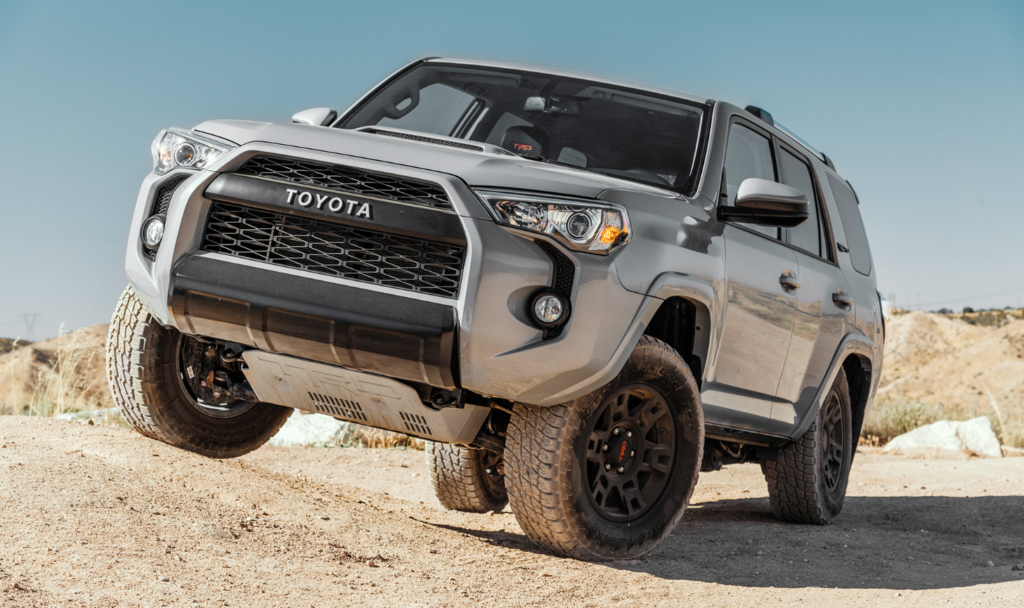
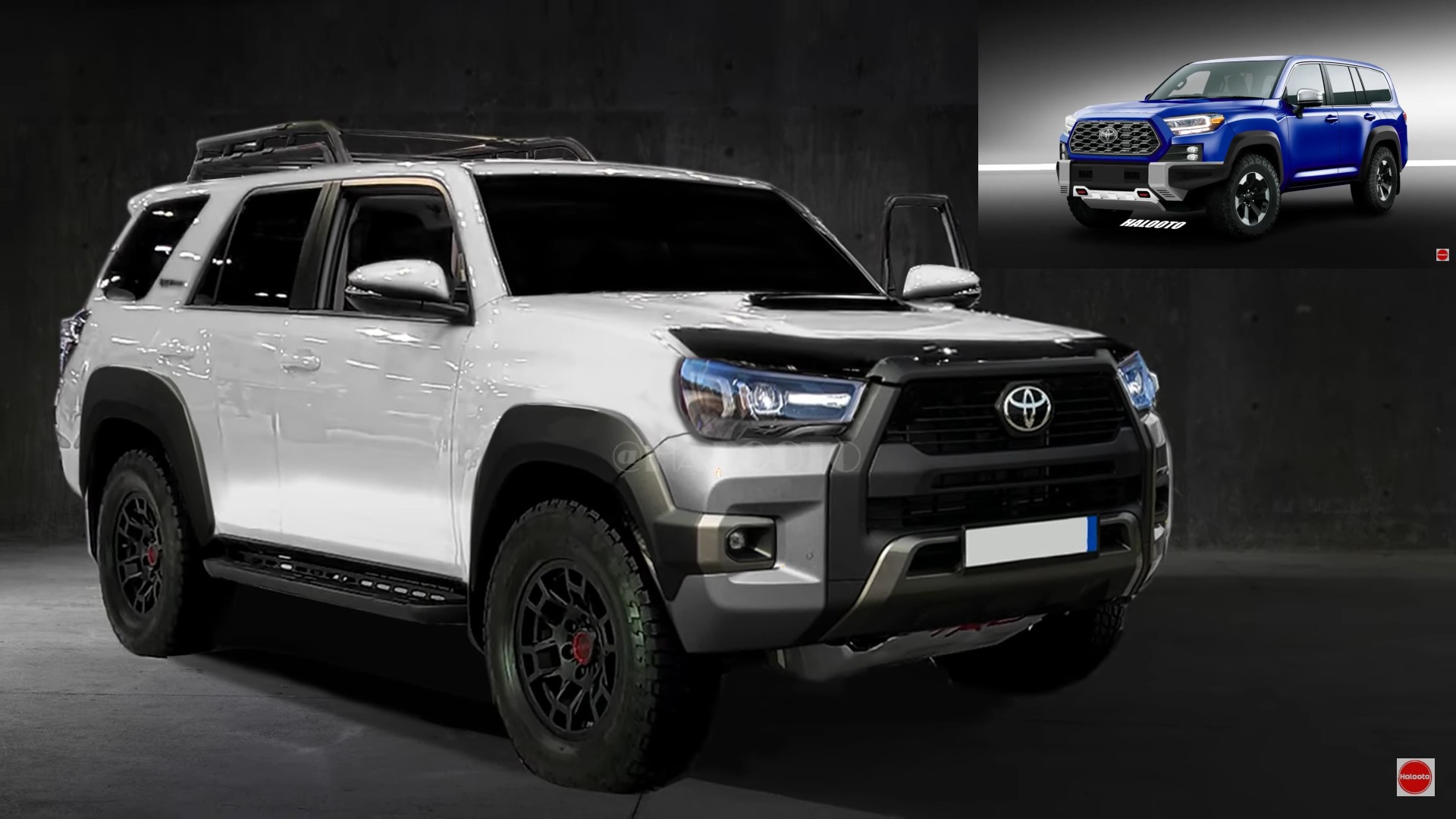


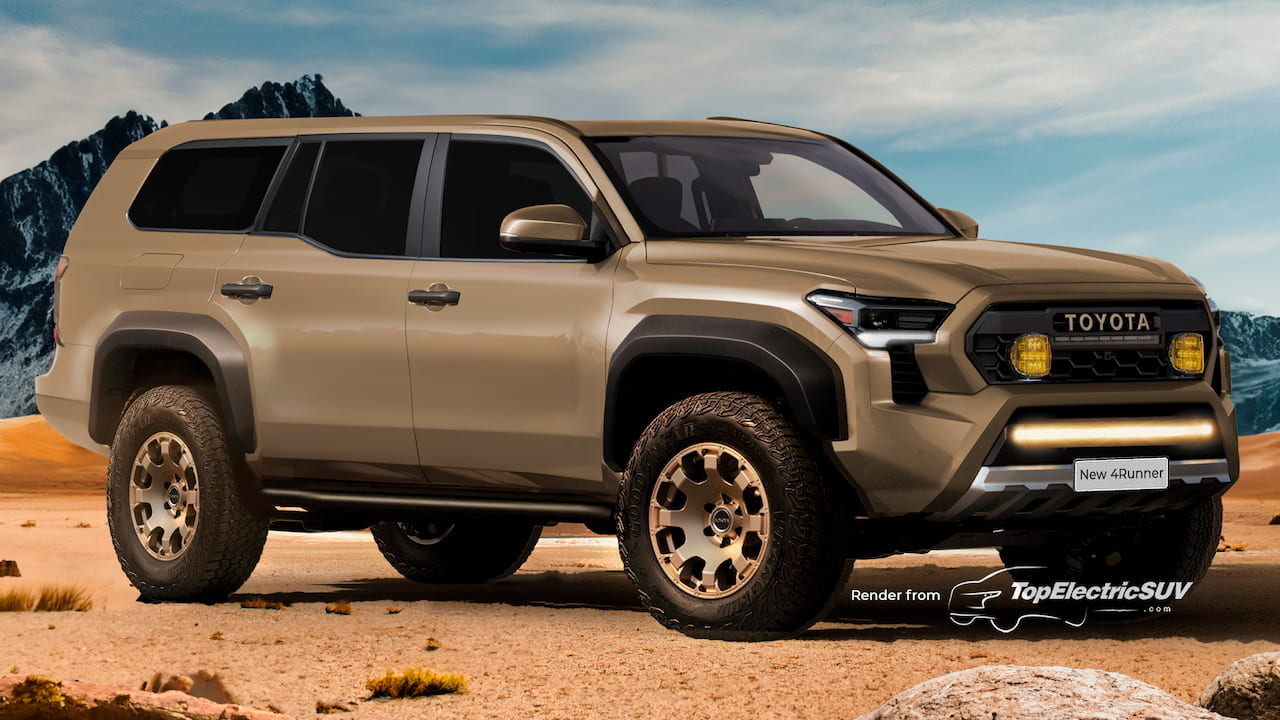
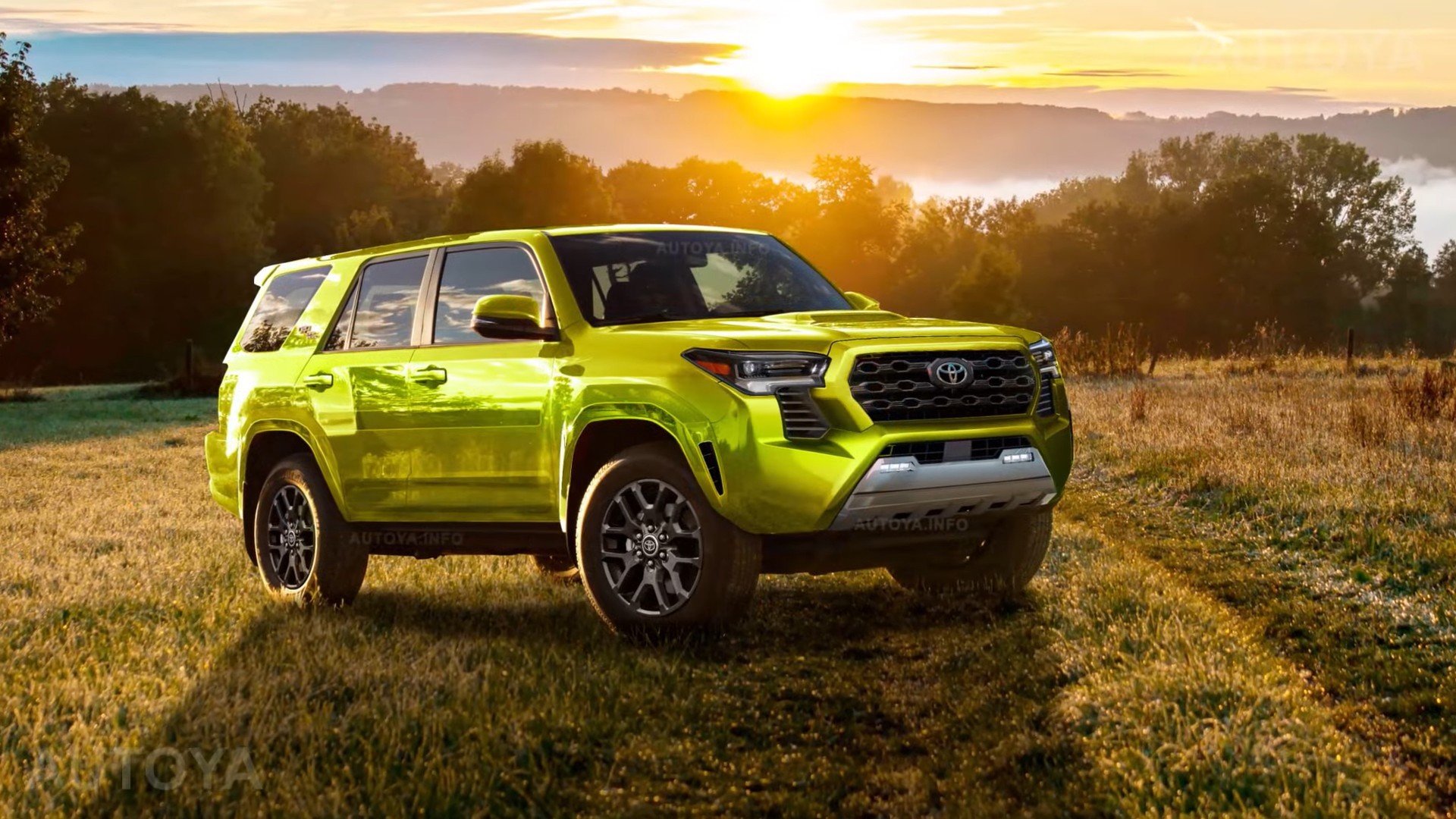

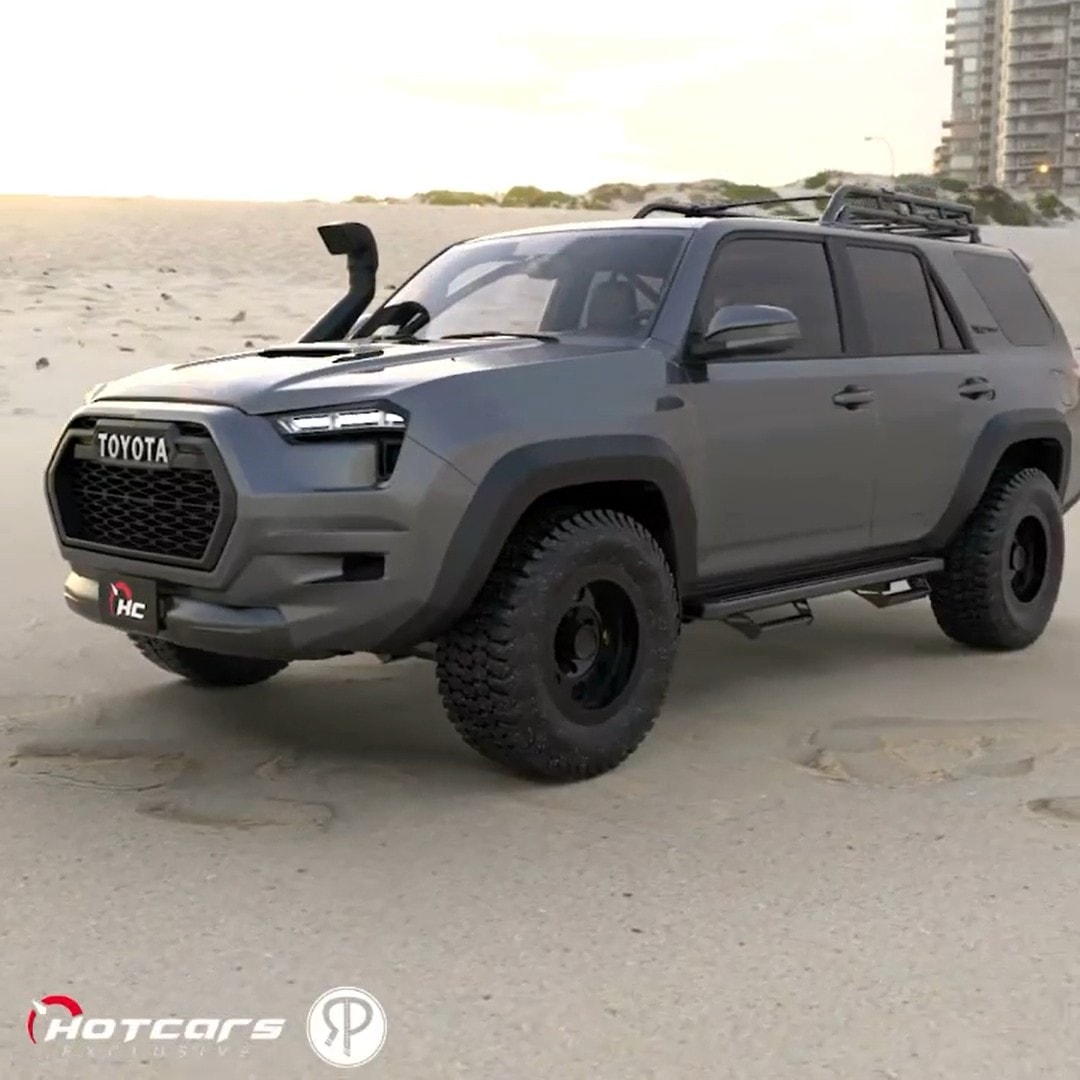
Closure
Thus, we hope this article has provided valuable insights into The Evolution of Strength: A Look into the Future of the Toyota 4Runner Frame. We appreciate your attention to our article. See you in our next article!